Vertical metal band sawing machines have become an essential part of fabrication workshops and manufacturing plants that require efficient cutting solutions for a broad range of metal profiles. As production demands grow and materials diversify, selecting the appropriate vertical band saw and understanding its operation are increasingly important for companies aiming to balance throughput, precision, and cost management.
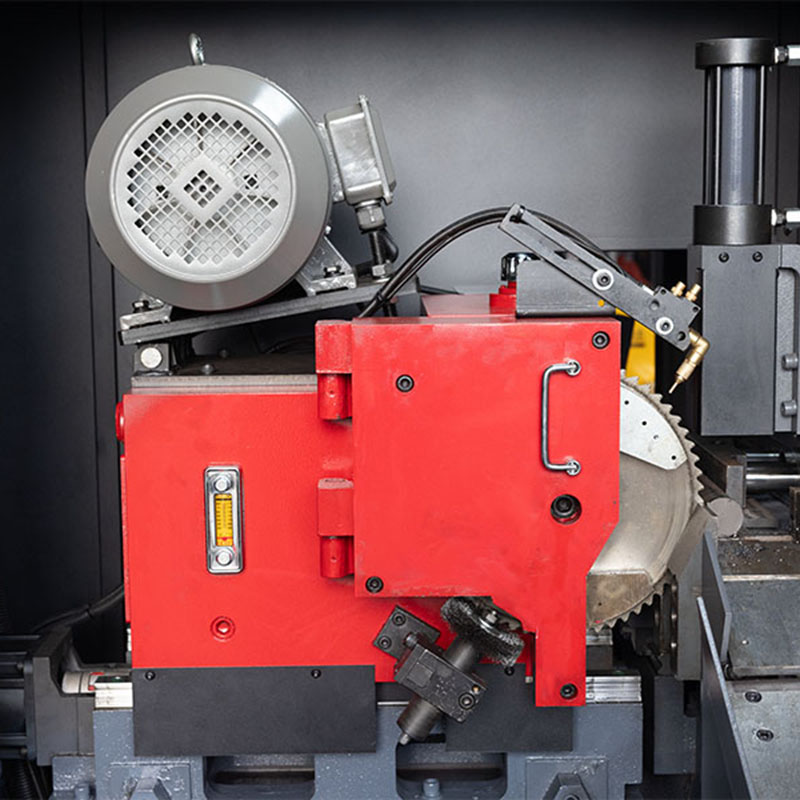
Key Advantages of Vertical Metal Band Saws
Unlike horizontal band saws, vertical configurations offer distinctive benefits when cutting complex shapes or managing long, irregular workpieces. A vertical metal band sawing machine positions the blade perpendicular to the work table, allowing operators to maneuver parts manually or with auxiliary supports. This flexibility is particularly useful in heavy-duty fabrication environments where workpieces vary in size and geometry.
Vertical band saws can accommodate straight cuts, contour cuts, and miter cuts without requiring major adjustments. For fabricators handling custom orders or limited production batches, this adaptability helps reduce setup time and material handling challenges. Because the workpiece is usually guided by hand or with a mechanical feeder, it is easier to achieve cuts that follow marked outlines or templates.
These characteristics make vertical band saws an important complement to horizontal machines, which are better suited to repetitive straight cuts. In operations where versatility is a priority, vertical models often occupy a central role.
Typical Applications in Fabrication and Maintenance
Vertical band sawing machines are used across a wide spectrum of industries, including structural steel fabrication, pressure vessel production, and equipment repair. They are particularly valued in job shops where operators must quickly switch between different materials such as mild steel, stainless alloys, aluminum, and tool steel.
One of the common applications involves trimming excess material from large welded assemblies or plate structures before machining. By using a vertical saw for preliminary cuts, operators can remove surplus sections more efficiently than with oxy-fuel or plasma methods. This approach often results in smoother edges and reduces the need for secondary grinding.
Another frequent use is preparing metal blanks for further processing. Vertical band saws can cut round, square, and irregular stock into approximate dimensions, supporting CNC machining or manual fabrication downstream. In maintenance departments, these machines help create replacement parts or modify existing components with shorter processing times.
Features to Evaluate When Selecting a Vertical Band Saw
There are several technical specifications and operating factors to consider when purchasing a vertical metal band saw. The throat capacity (the distance between the saw blade and the upright) affects the width of material the saw can handle. For heavy-duty fabrication, a larger throat size provides more flexibility, especially when cutting large panels or frames.
Blade speed control is another important factor. Variable speed drives allow operators to adjust blade movement to match the hardness and thickness of different metals. Slower speeds are often needed for harder alloys to reduce heat generation and extend blade life. Conversely, higher speeds can improve productivity when working with softer materials.
Blade guides and tension systems also influence cut quality and machine longevity. Precision guides help maintain accurate tracking, while consistent tension reduces the risk of blade slippage or premature wear. Many modern models include hydraulic tensioning mechanisms that simplify adjustment and improve repeatability.
For workshops planning to handle large volumes or heavy components, additional features such as integrated material support tables, chip conveyors, and coolant systems can improve efficiency and extend tool life.
Operating Practices for Consistent Performance
Achieving predictable results with a vertical band saw requires consistent operating practices and routine maintenance. Before each shift, operators should verify that the blade is properly tensioned and free of damage. Worn or chipped teeth can cause wandering cuts or excessive vibration, which may compromise part accuracy and shorten blade life.
During operation, applying appropriate feed pressure helps avoid overloading the blade. Excessive force can generate heat and accelerate wear, while insufficient pressure may result in poor cutting performance. Most machines are designed to support steady, moderate feeding that balances productivity and tool preservation.
Coolant use also contributes to cut quality. Properly applied coolant reduces friction, cools the blade, and clears chips from the kerf. Many heavy-duty models are equipped with recirculating coolant systems that maintain a continuous flow, reducing manual intervention and improving surface finish.
Periodic cleaning and inspection are essential to maintain reliable operation. Chips and debris should be cleared from the work table and drive mechanisms. Lubrication of bearings and guides helps prevent premature wear. Operators should also check drive belts and hydraulic systems to ensure they are functioning as intended.
Incorporating Vertical Bandsaws Into Fabrication Workflows
Integrating vertical metal band sawing machines alongside other equipment can streamline material preparation and improve overall workflow. In many fabrication shops, vertical saws are positioned near incoming material storage so that raw stock can be cut to manageable sizes before moving to welding stations or machining centers.

Combining vertical saws with metal cutting band sawing machines allows companies to assign tasks based on the complexity and quantity of cuts. For example, a horizontal band saw might handle repeated straight sections of tubing or bar stock, while the vertical saw is reserved for contour cuts, slotting, and custom trimming. This division of labor can increase throughput without requiring major changes to layout or staffing.
By selecting appropriate equipment, maintaining consistent practices, and training operators in safe and efficient use, fabrication businesses can leverage the strengths of vertical band sawing machines to meet varied production requirements. Whether used for structural components, maintenance work, or custom assemblies, these machines offer a practical combination of precision and versatility that supports high-quality results across diverse applications.



 english
english Русский
Русский Español
Español Русский
Русский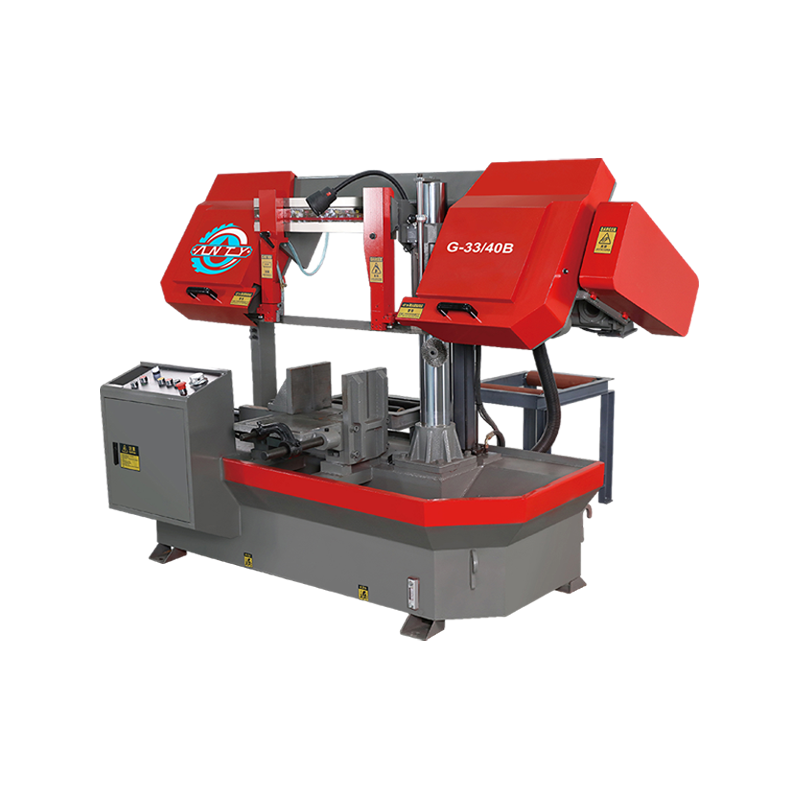
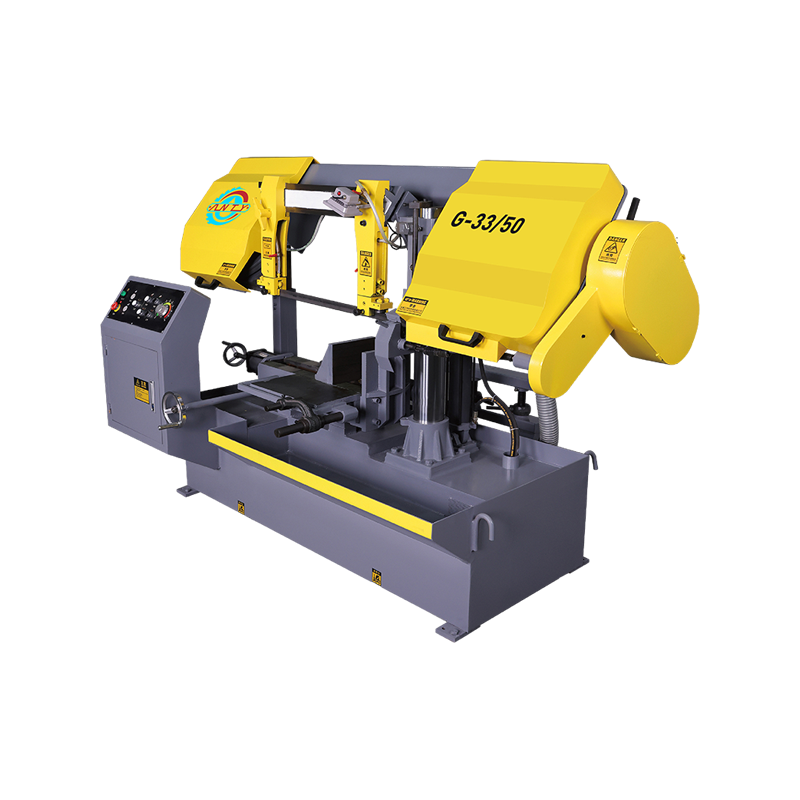

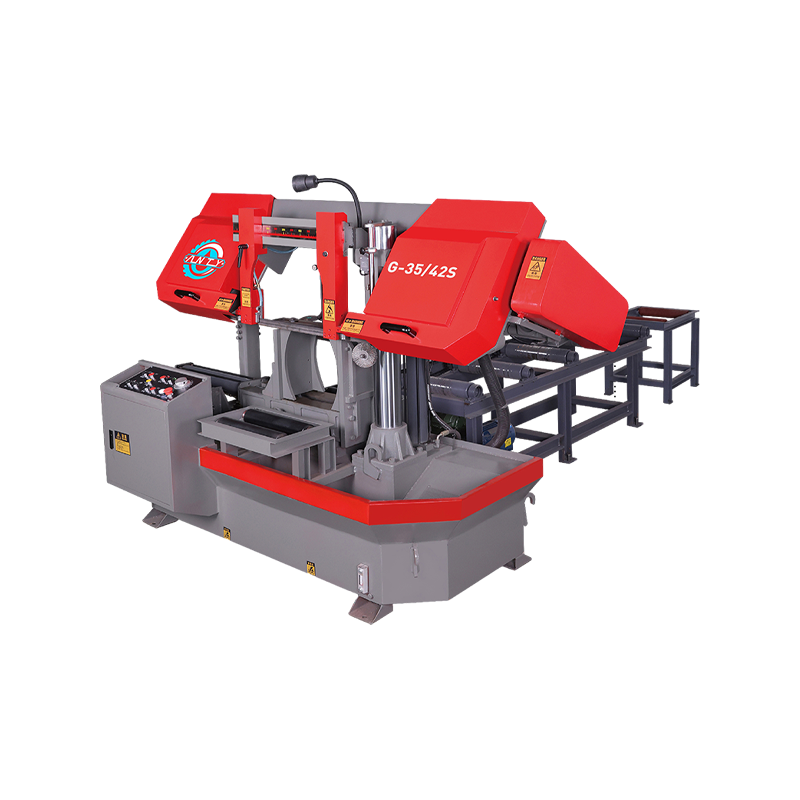

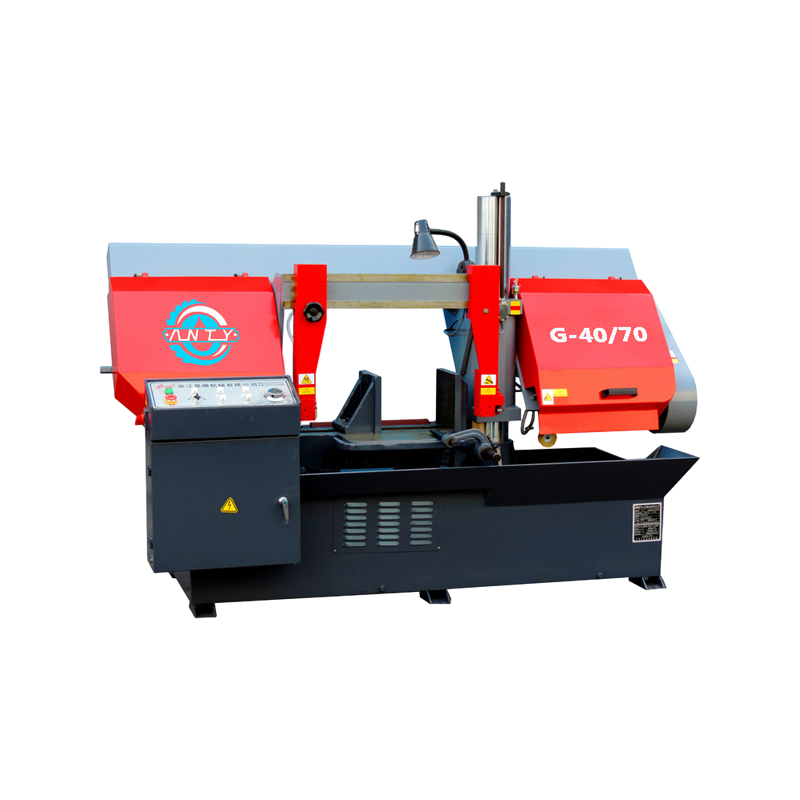
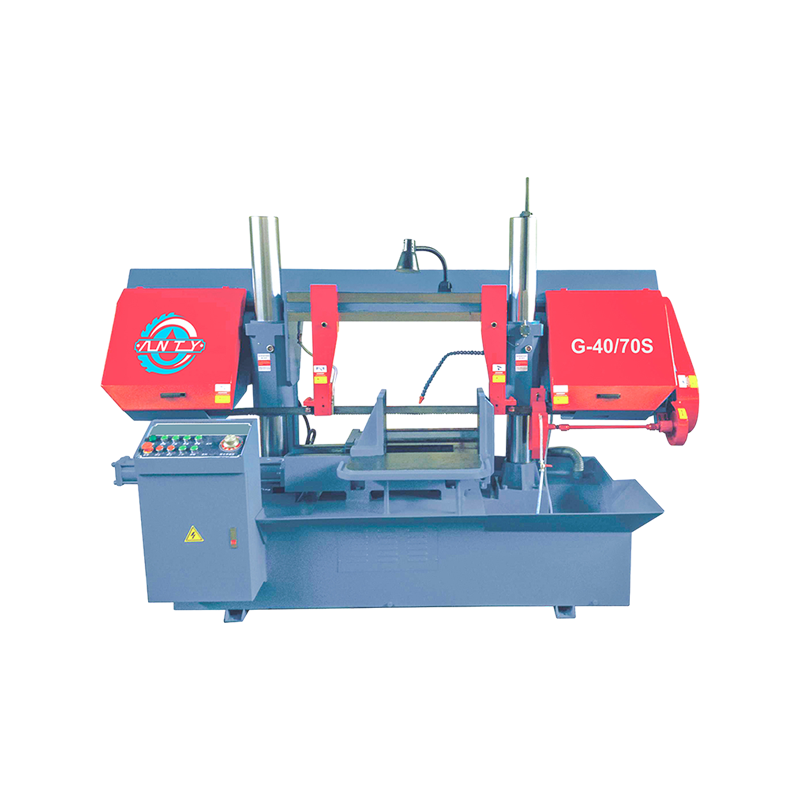

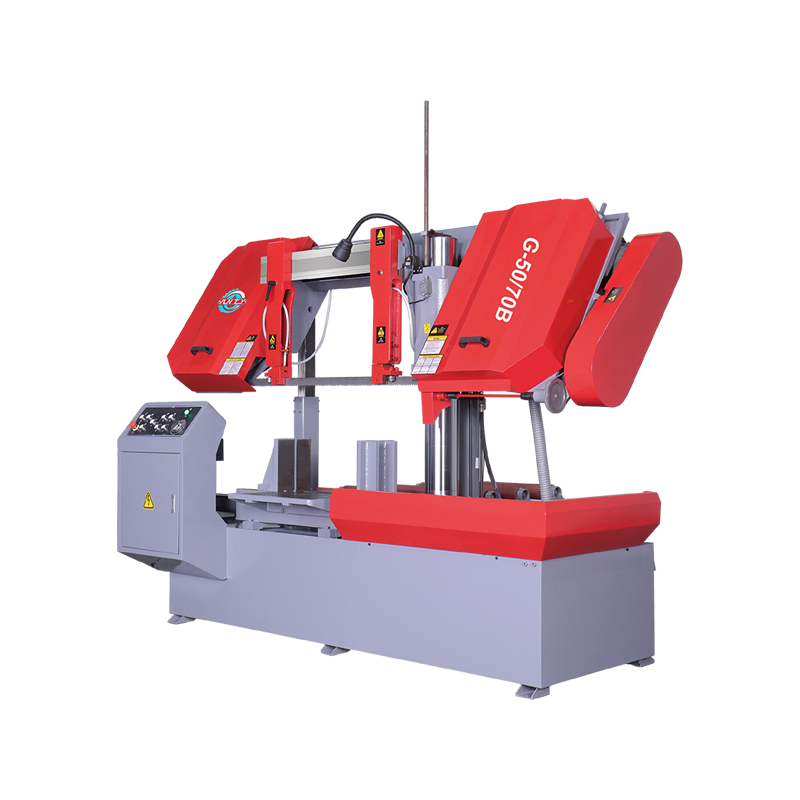
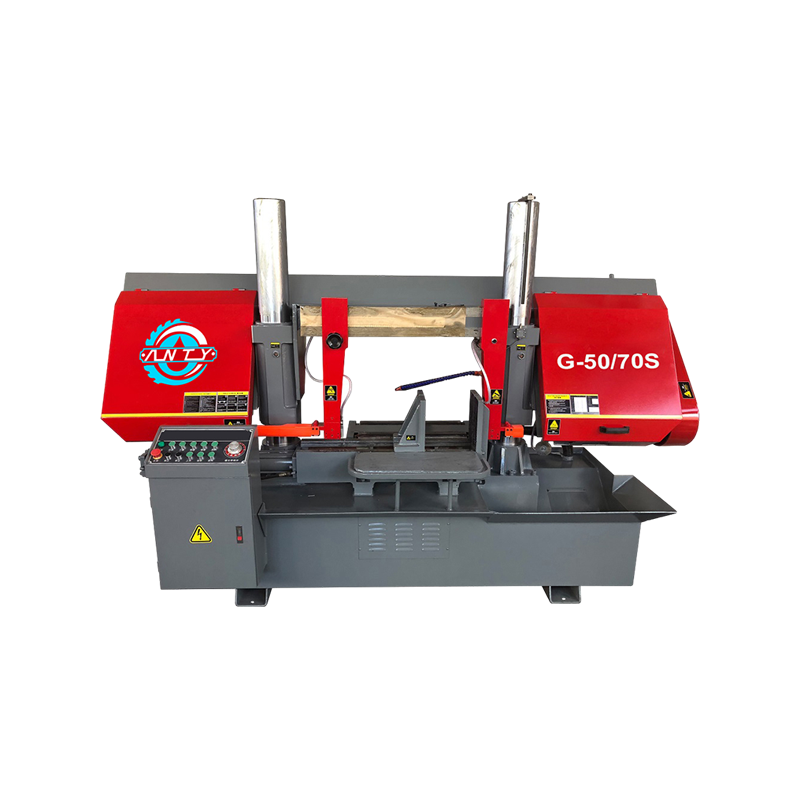
 CONTACT US
CONTACT US